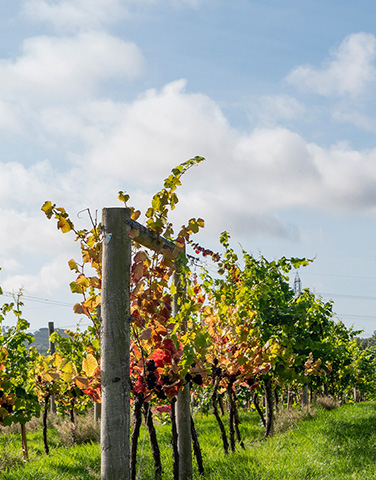
Uncorking sustainability: ESG challenges and opportunities in wine
Whether you speak to individuals, families or businesses, chances are that ESG (Environmental, Social and Governance) related issues will pop up at some point. That’s hardly surprising; flick through a couple of pages of any newspaper and you’ll spot issues as diverse as climate change, social movements and green washing. Recent research we carried out shows that 40% of boards, and 70% of high net worth families place ESG at the top of their priority list for year ahead.
So how are businesses and families responding to this?
Let’s look at wineries by way of example. By its nature, viticulture places low demands on water supply, is low intervention compared to other forms of agriculture and can have a positive effect on biodiversity. So that’s the ‘E’ taken care of, right?
But what about the ‘S’ and the ‘G’? Like many other sectors, the wine industry continues to be dominated at senior levels by white males and its customer base predominately comes from a similarly narrow socio-economic group. With many wineries starting out as small family enterprises, formal governance can initially be seen as unnecessary red tape.
In the business context, negative coverage around ESG can be damaging to a brand, and the converse is also true. Across all sectors, those businesses able to demonstrate a clear narrative around the full ESG agenda are outperforming their peers – that’s relevant not just for the businesses, but also for families looking to invest. So why haven’t all businesses jumped on the ESG (electric powered) band wagon?
There are lots of really good reasons why ESG doesn’t dominate the agenda. Many smaller businesses are quite happy as family enterprises and function robustly without the need for bureaucracy. Others looking to expand have to be ultra realistic about the cost/reward ratio when juggling their list of priorities, especially when the trading environment remains so challenging. Some issues (like carbon footprint associated with heavy glass in the wine industry), are largely outside the control of individual businesses.
But the arguments in favour of implementing a decent ESG policy are compelling. The World Economic Forum’s four most severe global risks relate to climate change and biodiversity loss; social movements such as Me Too and Black Lives Matter continue to drive positive change in consumer demand and, while lagging behind Europe and the US, increased regulation around green policies and business transparency are inevitable. But above all else, ESG is about risk, and risk mitigation feeds directly to the bottom line of any business.
Many businesses are already a long way down the ESG journey, with several embracing the gold standard of ‘B Corp’. For those just starting out on their journey, the key is to keep things achievable, taking into account the time and money they have to commit. Start by fact finding: what are you doing now, and how is this measured? Who is championing the cause at a senior level? Then decide on your top priorities for the next year, around which you can build an action plan based on realistic timescales and budgets which includes (1) clear ownership for tasks, (2) clear goals and milestones and (3) identifiable measures by which to judge success. Above all, sustainable ESG policies are about baby steps: it’s not about how long the journey takes, it’s about clarity on the route map and destination.
How we can help
If you’re interested in more information about starting your ESG journey, take a look at Starting out on the ESG Journey: 8 top tips for planning an ESG programme, or contact our ESG team.





 Download PDF
Download PDF










